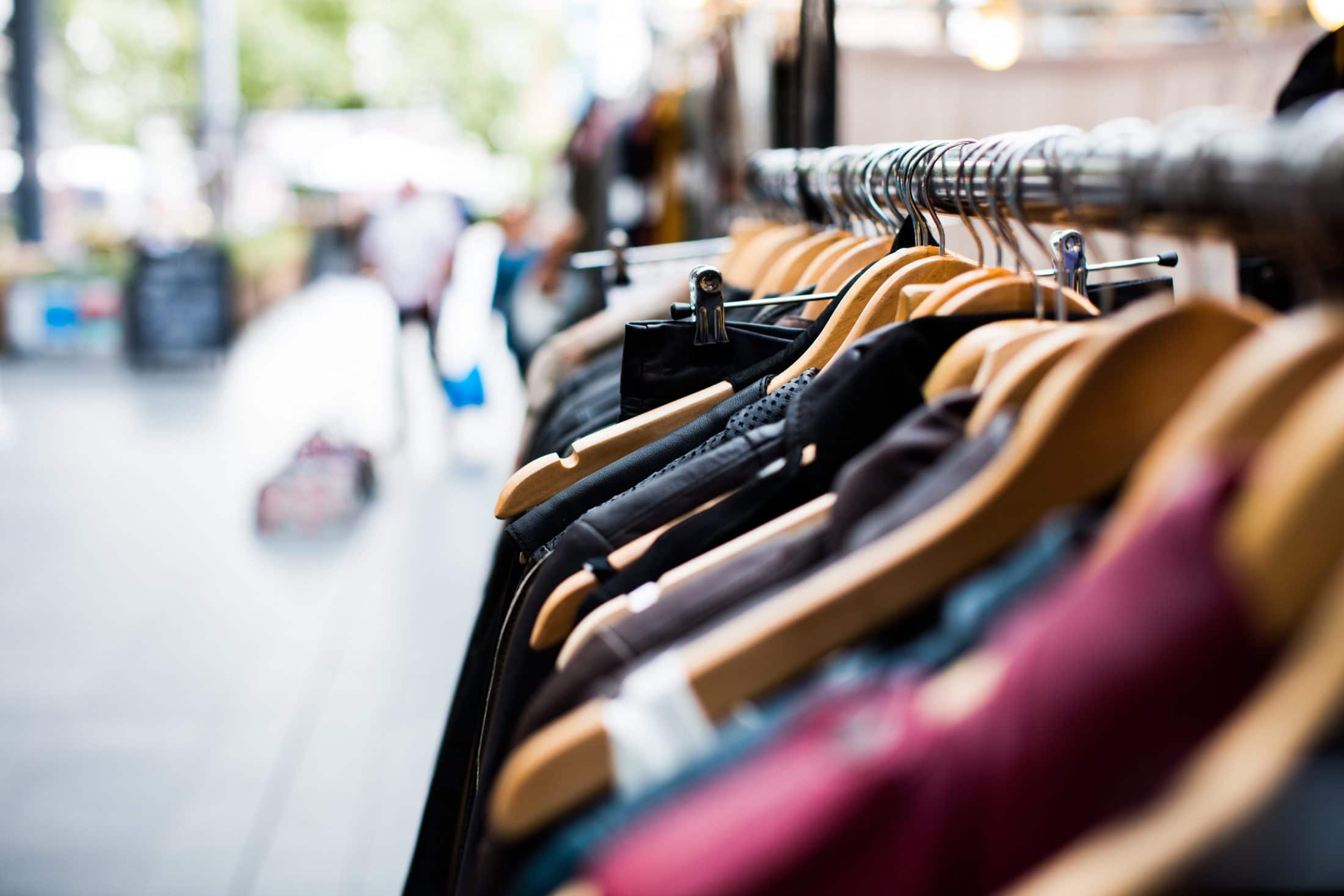Blog
The Dark Side of Luxury: Unveiling the Scale & Dangers of Counterfeits
- Brand Protection

Luxury goods have always held a certain allure, representing status, craftsmanship, and exclusivity. However, this desirability has also given rise to a growing global problem – counterfeit luxury products.
These illicit replicas come in varying degrees of quality, from high-end duplicates that can deceive even the most discerning eye to low-quality imitations that pose serious threats to consumers and brands alike.
In this blog, we’ll delve into:
- The prevalence of counterfeit luxury products
- The grim reality of counterfeit factories and sweatshops
- The dangers posed to consumers and legitimate brands
- How brands can combat counterfeits and protect exclusivity
The increasing quality of counterfeits
Counterfeit luxury products are no longer limited to poorly crafted knock-offs that are easy to spot. With advancements in technology and manufacturing techniques, high-end duplicates have emerged, making it increasingly challenging to differentiate between authentic and fake items.
These superior counterfeits often include impeccable imitations of logos, branding, and better-quality materials than your everyday fake. This leads unsuspecting customers to purchase counterfeit goods at premium prices, thinking they are getting authentic luxury items.
Modern slavery and poor working conditions
Behind the glitz and glamour of counterfeit luxury products lies a dark reality – the exploitation of workers in counterfeit factories and sweatshops. Many of these operations are run by criminal organizations, exposing workers to harsh and dangerous conditions.
In pursuit of maximizing profits, these counterfeit factories often subject employees to long hours of labor, inadequate wages, and unsafe working environments. This modern slavery not only threatens the well-being of the workers but also perpetuates a cycle of poverty and injustice.
Dangers posed to consumers
Consumers who unknowingly purchase counterfeit luxury products may face various risks. While some might experience financial loss by spending significant sums on fake items, others may be deceived into believing they own authentic luxury goods.
While there’s a growing market for high-end fakes that are intentionally purchased by consumers, the fact remains that many low-quality counterfeits are peddled online. The inferior craftsmanship and materials of low-quality fakes can result in products that are prone to early wear and tear, leading to a potential waste of money.
Furthermore, low-quality counterfeit products will not undergo the same rigorous quality control as genuine luxury items, putting consumers at risk of exposure to harmful substances. Counterfeit luxury apparel and jewelry, for example, have been found to contain hazardous materials, posing significant health risks to wearers.
The dangers include:
- Harmful Metals: counterfeit jewelry is frequently made with cheap metal alloys containing toxic substances such as lead, cadmium, and nickel – potentially causing skin irritation, allergic reactions, and long-term health problems.
- Toxic Dyes and Chemicals: counterfeit clothing may be treated with toxic dyes and chemical finishes which can lead to skin irritation, rashes, and other health issues.
- Hazardous Paints and Coatings: Counterfeit jewelry often features toxic substances such as lead-based paint, posing a risk if ingested or absorbed through the skin.
- Low-Quality Gems: counterfeit jewelry may use low-quality, treated, or synthetic gemstones, some of which might have undergone unsafe treatments involving toxic chemicals, like hydrofluoric acid.
- Unsafe Adhesives: counterfeit clothing and jewelry might be assembled using cheap and potentially unsafe adhesives, which can lead to pieces falling apart or causing skin irritation.
- Flammable Materials: inferior materials can be more prone to catching fire, posing a significant risk to consumers and their properties.
Impact on brands
Counterfeit luxury products not only harm consumers but also deal a significant blow to the legitimate luxury brands they imitate. These counterfeits erode the exclusivity and prestige that luxury brands work hard to establish, diluting the brand image and potentially leading to a loss of trust among customers.
Additionally, the revenue lost to counterfeit products can be substantial, affecting a brand’s ability to invest in research, innovation, and maintaining the quality of their products.
How brands can combat counterfeits and protect exclusivity
The prevalence of counterfeit luxury products is a multifaceted issue with far-reaching consequences. It’s not just a matter of fake goods flooding the market; it’s a problem that involves the exploitation of vulnerable workers and the endangerment of unsuspecting consumers. To combat this menace, brands must employ machine learning and human expertise to find and remove the fakes.
Comprehensive monitoring and enforcement: Utilize AI-powered monitoring technology and human-led enforcement to remove counterfeit products and infringers sellers across marketplaces, social media, and other channels.
Collaborate with online marketplaces: Enroll in brand verification and protection programs such as Amazon Project Zero, eBay VeRO, and the Alibaba Anti-Counterfeiting Alliance to form partnerships that expediate the removal of counterfeit listings and drive positive changes to platform policies.
Raise awareness of the dangers: Educate both informed and unaware consumers about the dangers of counterfeit luxury products – both the potential health risks and the wider negative impacts on society. A fully informed consumer is less likely to purchase counterfeits, thereby reducing reputational damage for brands.
Why choose Corsearch as your brand protection partner
Corsearch stands out as the reliable brand protection partner, offering market-leading anti-counterfeiting solutions to stay ahead of the threat and prevent the distribution of counterfeit products. Legal, brand protection, and marketing teams leverage our solutions to identify and act against online sellers operating across marketplaces, websites, social media, and other channels – achieving a sustained reduction in counterfeits and preventing losses in revenue.
Corsearch’s dedicated Platform Relations team ensures close collaboration with online platforms to enact proactive policies and enhance detection efforts. Regular meetings with platform representatives drive meaningful change to brand and consumer protections.
To effectively stop the source of counterfeits, employing network intelligence technology is critical. This approach involves harnessing online and offline data and coordinating with specialized on-the-ground teams, whether in-house or external. By doing so, critical supply chains can be safeguarded, and criminal operators putting consumers at risk can be taken down.
Talk to an anti-counterfeiting expert
Utilize Corsearch’s AI-powered Stop Counterfeits solution to swiftly remove counterfeits at scale, across all channels.
Talk to one of our experts to learn how you can get global visibility of fakes and demonstrate real impact with our expert-led enforcement.
See our marketplace solutions:
- Stop Counterfeits on Amazon
- Stop Counterfeits on eBay
- Stop Counterfeits on Facebook Marketplace
- Stop Counterfeits on Alibaba



